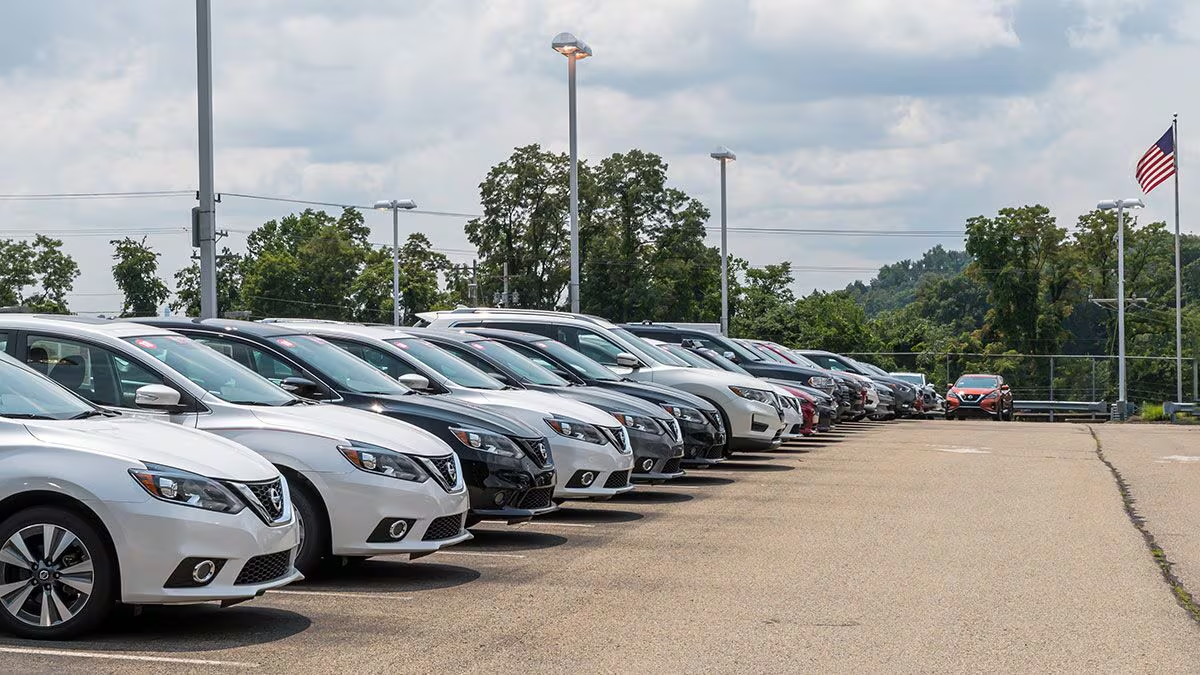
For years, motorcycles have symbolized the exhilaration of the open road, admired for their mechanical simplicity. But recent times have witnessed a remarkable surge in technological advancements, ushering in a futuristic era for riders.
The motorcycle industry, once tethered to the fundamentals of fuel, gear-shifting, and power, has now enthusiastically adopted innovations that would have seemed like science fiction just a decade ago. Join us as we delve into the exciting trends reshaping the way we navigate the asphalt.
Exploring the Latest Motorcycle Technology Advancements (PDF)
1. The Silent Revolution: Electric Power
The rumble of traditional gas engines is making way for a silent revolution – electric motorcycles. As battery technology continues to evolve, riders are now experiencing a smoother, quieter, and eco-friendly journey. Beyond the absence of noise and vibration, electric motorcycles boast lower maintenance requirements and zero emissions. With an influx of new electric mopeds entering the market, it’s evident that this segment is not just a passing trend but a formidable force in the motorcycle industry.
Venturing off the beaten path has also taken an electric turn with the introduction of dirt e-bikes. Ideal for natural trail exploration, these bikes bring a new dimension to off-road riding. However, with the added challenges of off-road terrains, it’s crucial for riders to equip themselves with top-notch safety gear, including the best motocross helmet, to ensure a secure adventure.
2. Beyond Cruise Control: Advanced Rider Assistance Systems
High-end motorcycles are now equipped with advanced rider assistance systems that utilize radar sensors, taking safety to a whole new level. Radar emitters and detectors work in tandem with the motorcycle’s cruise control system, allowing the bike to sense the vehicle directly in front. The result is a sophisticated adaptive cruise control that automatically maintains a set distance. In situations where the lead vehicle slows down, the radar detects the change and prompts the motorcycle to apply brakes, ensuring a safe and controlled ride.
In addition to forward-facing radar systems, some manufacturers have introduced rear-facing radar systems to mitigate blind-spot risks. When a vehicle enters the motorcycle’s blind spot, warning lights illuminate the mirrors, providing riders with real-time alerts.
3. Riding into the Future: Smart Connectivity
In a parallel transformation to how smartphones revolutionized our daily interactions, smart connectivity is elevating the motorcycling experience to new heights. Riders now have the seamless ability to synchronize their motorcycles with helmets equipped with cutting-edge communication systems.
These Bluetooth-enabled helmets go beyond conventional features, offering riders everything from hands-free calling to integrated speakers, all neatly integrated into a lightweight and aerodynamic helmet design. This not only enhances the overall convenience of the ride but also ensures an elevated standard of safety and communication on the open road.
4. Keeping Cool Under Pressure: Liquid-Cooled Bikes
The age of air-cooled engines is gradually giving way to a more efficient cooling solution – liquid-cooled bikes. These motorcycles incorporate a system that circulates liquid, typically coolant or water, through tubes around the engine during operation.
This not only prevents overheating but also allows for a more compact engine design. By efficiently dissipating heat, liquid cooling enables the engine to run smoothly at optimum temperatures in all conditions, thereby maximizing performance and longevity.
5. Braking Barriers: ABS (Anti-lock Braking Systems)
Motorcycles, inherently less stable than their four-wheeled counterparts, demand advanced safety features. Anti-lock Braking Systems (ABS) have become an indispensable electronic safety feature for riders. ABS ensures stability in emergency braking situations by preventing wheel lock-ups.
Sensors detect the imminent lock-up of a wheel during hard braking, prompting the ABS unit to rapidly release and reapply the brakes, preventing skids and allowing the rider to maintain steering control even under intense braking conditions.
In Conclusion: The Road Ahead
As we look to the future, the convergence of technological advancements and the timeless thrill of the ride promises an exhilarating journey for motorcycle enthusiasts. The continuous pursuit of innovation in performance and handling ensures that motorcycles will continue to serve their riders in fun and exciting ways.
With a focus on purpose over profits, the horizon of motorcycling appears brighter than ever, ushering in an era where cutting-edge technology meets the timeless allure of the open road.



